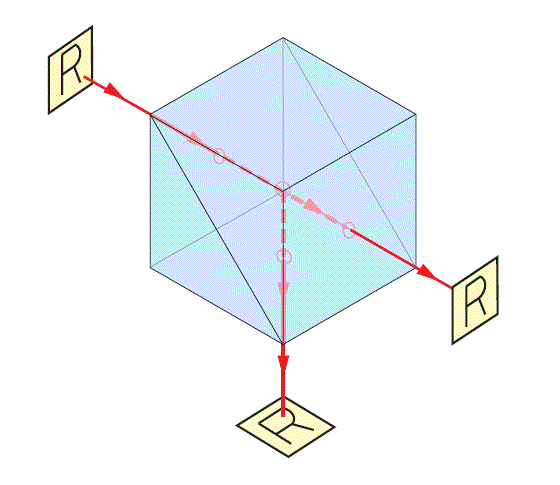
 TECHSPEC® components are designed, specified, or manufactured by Edmund Optics. Learn More
TECHSPEC® components are designed, specified, or manufactured by Edmund Optics. Learn More
Les Cubes Séparateurs Polarisants Raie Laser TECHSPEC® partagent de manière aléatoire les faisceaux polarisés en deux composantes orthogonales polarisées linéairement. La lumière polarisée s est réfléchie à un angle de 90° tandis que la lumière P-polarisée est transmise. Chaque séparateur est constitué d'une paire de prismes à angle droit de précision, cimentés l'un à l'autre de façon à réduire la distorsion du front d'onde transmis et à fournir un parallélisme excellent entre les faisceaux entrants et les faisceaux transmis. Les Cubes Séparateurs Polarisants Raie Laser TECHSPEC® sont conçus pour de nombreuses longueurs d'onde laser courantes et présentent un rapport d'extinction élevé. Ces séparateurs de faisceau sont conçus pour les applications courantes des lasers à diode, à gaz et à état solide.

1-800-363-1992
ou consulter les numéros d’autres pays
facile à utiliser
entrer les numéros de stock pour commencer
Copyright 2025 | Edmund Optics, Ltd Unit 1, Opus Avenue, Nether Poppleton, York, YO26 6BL, UK
L'entreprise Edmund Optics GmbH en Allemagne agit comme un mandataire d'Edmund Optics Ltd au Royaume-Uni. Le titulaire du contrat est Edmund Optics Ltd au Royaume-Uni.